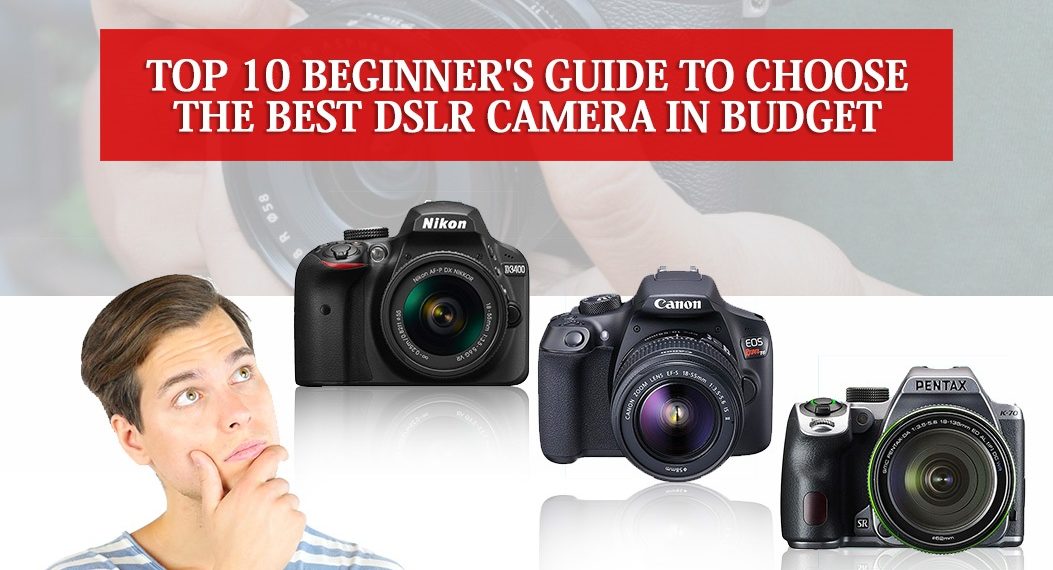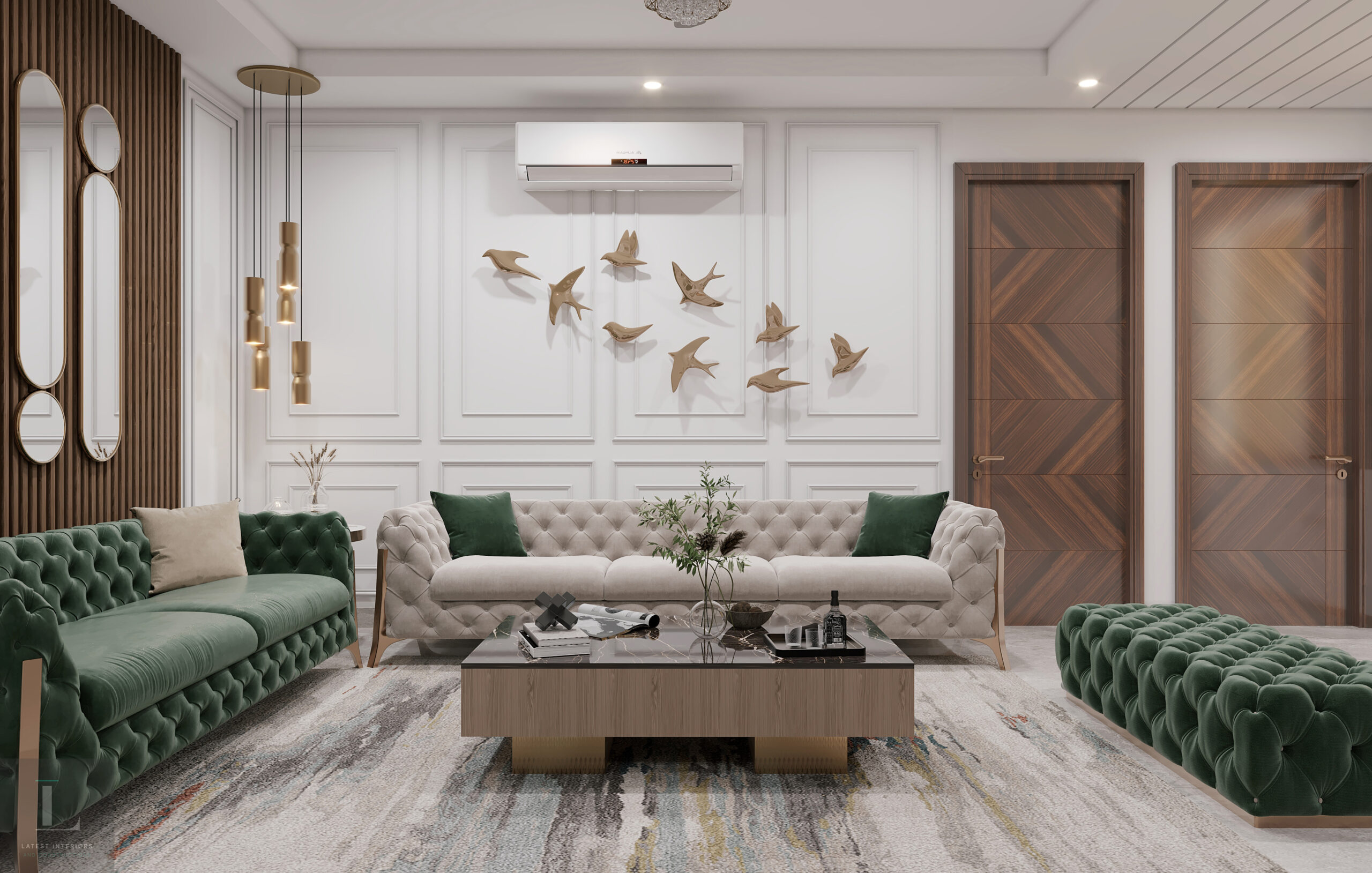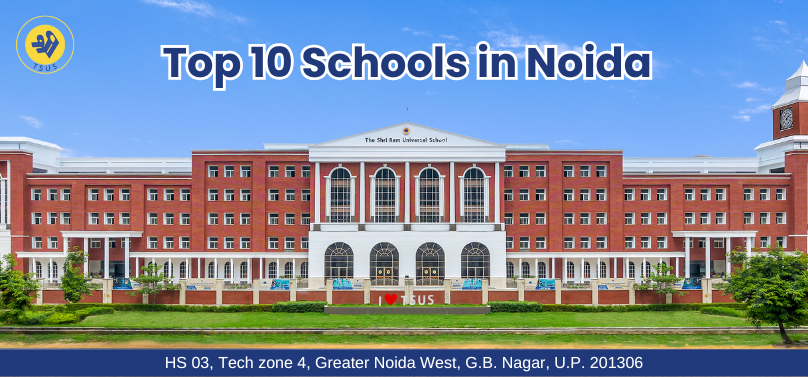1. Lenses
One of the most essential feature to consider while selecting your ideal DSLR camera is the lenses’ compatible system. Lenses are an important tool for elevating the quality of imagery and is the deciding factor between average snapshots and professionally rendered photographs. As the choice of a DSLR impacts the type of lenses being used, this is the first crucial step. Most entry-level cameras are packaged with kit-lens, which is an 18-55 mm zoom lens. These lenses as such do not have the same glass quality or the same number of features as expensive lenses; nevertheless, they do the trick. However, if there is a package deal where you can get a nicer 18-55mm lens, or a 50 mm prime lens, or an extra telephoto lens, it can make a huge difference in your purchase decision.
2. Sensor Size
Another important feature of the DSLR camera is the sensor size. Inside of every DSLR camera, there is an image sensor that records the image you see through the viewfinder and sends it to the memory card i.e. converts the shot you have framed into a digital image. In place of the usual LCD screen present in point-and-shoot cameras, DSLR gathers light from the lens, direct it to the mirror, and through the viewfinder, gives an exact representation of what is captured on the sensor. Sensors come in different sizes and the bigger the sensor, the more information it captures, and clearer the pictures would be, particularly, when they are magnified. 36mm x 24mm or full frame is the largest sensor size. The exact sensor size depends on the DSLR camera model, although, you may prefer or would want to opt for the biggest sensor size possible
3. Megapixel Resolution
Megapixels are the total points of pixels or light which the sensor receives so as to create images. Megapixels decide how much resolution the DSLR camera has. Megapixels impact the use of your image instead of the image quality. Cameras with more megapixels produce higher resolution images (possibility of making the image larger while not losing clarity); therefore you can print bigger photos or crop photos without ruining it. Almost all new DSLR cameras come with a minimum of 10-15 megapixels, and this is sufficient for most photography purposes.
4. Body Details
Most DSLRs, particularly at the entry-level, will look pretty much the same; however, there are some considerations which you would want to keep in mind. For instance, some DSLR cameras comprise LCD view screens which are better than the screens built-in low-cost models, which gives a better place to review your photos. Some DSLR cameras have screens that pop out of the back of the camera. Sometimes, DSLR cameras would include a touchscreen which makes it easier to navigate than using the small buttons which are on the back of the camera. Most entry-level cameras have polycarbonate bodies that are quite light, and also do not feel as sturdy or nice as higher-level cameras. Hence, if nicer or extra durability is important, that is something you must keep in mind.
5. Speed
Selecting a DSLR camera with good speed is important for photographers, especially speed is good if you are interested in continuous shooting. Every time you want to use a DSLR camera to take a picture, there are many gears which must be moved each time. Moreover, there are big images to consider, and it takes some time for the camera to process digital images, particularly those with a higher megapixel count. Due to this, most DSLR cameras have burst speeds around 5 fps and they can take as much as five images in one second. A 10 fps burst speed is an exceptional speed for a DSLR camera. The more photos a DSLR camera can take in one second, the more likely you are to capture the shot at the perfect moment. Nevertheless, burst speed is a good indicator of how speedily the DSLR camera functions in general.
6. Framing and Viewing Images
All DSLR cameras have viewfinders in addition to LCD screens on the back. Viewfinders enable you to see more clearly than you are able to on the LCD screen when there is harsh sunlight. With viewfinders, the essential feature to pay attention to is coverage percentage, which tells you the percentage of the screen you will see through the viewfinder. High-end DSLRs comes with a penta-prism viewfinder that offers a brighter view and is usually bigger than the penta-mirror viewfinder found on cheaper DSLRs. If you are buying a DSLR with a penta-mirror viewfinder, try to choose that which offers a higher percentage as possible, say 98 percent is good.
7. Video Recording
If you are going to use your DSLR for video recording, you must look at the video capabilities that your DSLR options offer. For instance, some entry-level DSLR cameras can record in full HD 1080p, while others are restricted to non-HD recording or 720p. Different recording frame rates are available, with higher rates smoothing out movement or motion much better than lower rates. This might or might not be of a great deal to you, depending on how many videos you think you will record. However, it is worth exploring, particularly, if you are not too sure if you would be recording videos or not. Even if you do not plan to immediately, a DSLR camera with better video capabilities can come in handy in the future.
8. Modes and Editing Features
All DSLRs come with an assortment of modes such as night, action, portrait, landscape, and so on. However, some entry-level DSLR cameras also come with other modes which are unique to the model or brand such as panorama, food, guide, or scene intelligent auto that will walk you through the use of the camera. Learning to shoot in shutter-priority, or aperture, or manual mode is the best way to go; however, when you are just getting started, having the DSLR camera help you out with specific modes is of great help. While buying a DSLR camera, you must look at the modes available on the cameras you are comparing to see if there are any that may be of prominence to you.
9. Cost
Buying a DSLR camera is not about finding the best one in the market, but it is about finding the best one for your style as well as your budget. There are many DSLRs in the market which are economical, yet are packed full of the top features. You can also save a bit by purchasing a DSLR camera which is not the current model. Older DSLRs are even today great cameras and you can choose an older mid-level DSLR for the same price as a newer entry-level DSLR, besides getting additional features. However, you must compare these features carefully, since newer DSLR cameras often get a boost in the quality of the image as technology enhances.
10. Brand
All brands make their tools proprietary; hence, brands are important. You cannot mount a Canon lens on a Nikon body and vice versa, and the same goes for almost all other brands. This implies that if you buy a Nikon DSLR, you can only buy lenses which are compatible with the Nikon lens mount. The same is applicable to all other proprietary tools such as body grips, external flash units, batteries, and so on. Once you select a brand, it is not very easy to switch to another brand, since you would ultimately have to dispose of everything which is not compatible and replace it with the brand you are switching to; this will be extremely time-consuming. Hence, you must choose your brand very carefully. You must select a camera brand based on which DSLR camera has strengths in the areas significant to you such as camera features, size, appearance, and so on.
Deciding to buy a new DSLR is a big step, and you will want to make sure that you are choosing the best camera for your particular situation. You must consider your camera needs, potential accessories, and desired features while choosing the best DSLR camera within your budget. You can base your DSLR decision around the camera’s features such as lenses, megapixels, sensor size, speed, brand, cost, video mode, among others. Therefore, it is important to make an informed decision and that way you will be happy with your choice of DSLR purchase and well on your way to becoming a photography enthusiast.
























